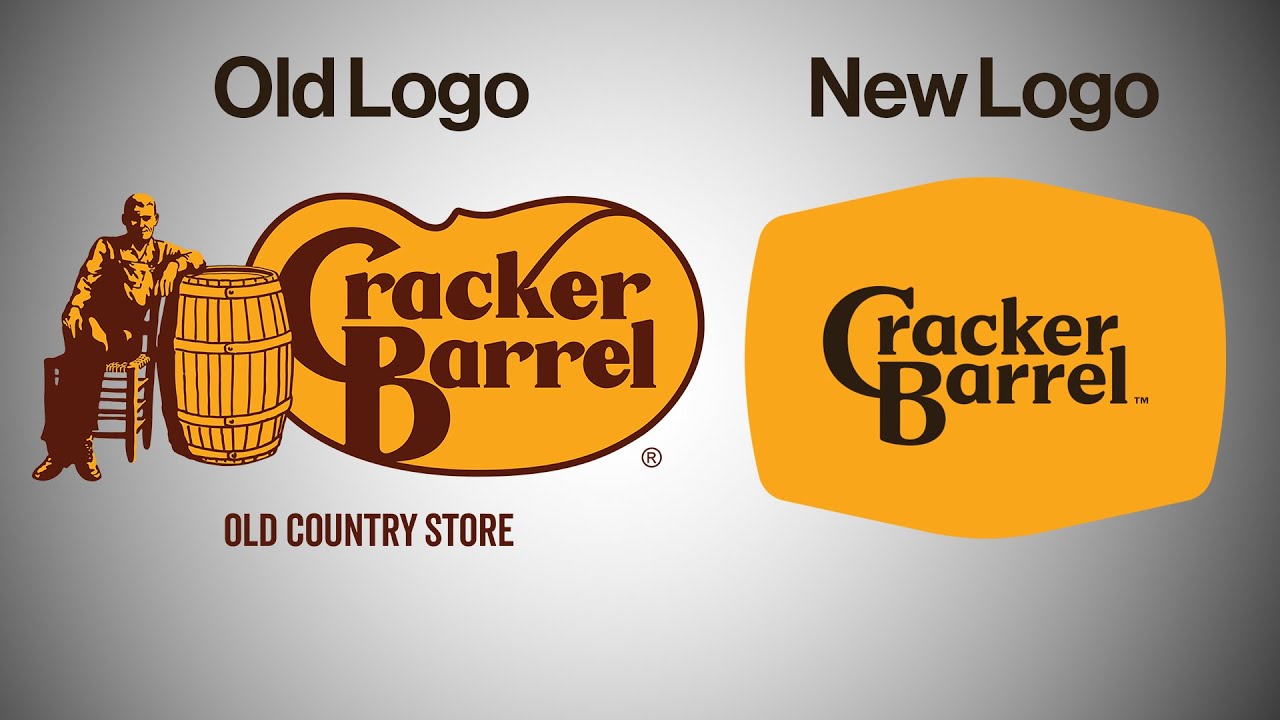
Chamberlains of London – Cracker Barrel attempted a bold rebrand in August 2025, but the move has quickly backfired. The company’s logo change, which removed the iconic old-timer figure and barrel, triggered widespread outrage, particularly from conservative voices online. Since introducing the new minimalist logo, customer visits have dropped by 8 percent, leading to serious concerns among stakeholders. The company now expects this trend to continue through the first quarter of its 2026 fiscal year. This rebrand was part of a larger transformation plan aimed at attracting younger customers, but the response has been far from positive. On social media, figures like Donald Trump weighed in, celebrating the company’s decision to reverse the change. Although the logo has been restored, the damage may already be done. Cracker Barrel is now trying to recover not just from lower foot traffic but from a bruised public image that alienated its loyal fan base.
Customers strongly disapproved of the brief rebrand and responded with sharp backlash. After the August 19 rollout, the company recorded an 8 percent drop in customer visits. The sharp decline caused a 3.16 percent dip in stock price during trading hours and a further 9.58 percent loss after hours. To appeal to a younger and broader audience, the brand removed old-fashioned elements and introduced a simplified logo. Conservative consumers viewed this shift as an abandonment of tradition and quickly voiced their objections. The controversy pushed leadership to halt restaurant remodels and reconsider its overall strategy. In response to the uproar, CEO Julie Masino reallocated investment plans to address the situation. Loyal fans received a reversal of the logo change, but the financial and reputational damage still lingers.
“Read about: Hunger as a Weapon? The Dark Side of Israel’s Policies in Gaza”
The company’s attempt to modernize went beyond just the logo. Cracker Barrel had planned a $700 million transformation initiative to update restaurant layouts, improve menus, and enhance technology. The original goal included remodeling up to 30 restaurants annually and executing better kitchen operations. Yet, as the backlash surged, Cracker Barrel halted those plans after remodeling just four of its 660 locations. Investments in advertising and marketing alone amounted to $16 million for the quarter, an effort that now seems to have missed its mark. Many customers voiced concern over the loss of the chain’s iconic decor and rustic identity. In response, the company reassured them that unremodeled locations would remain untouched for now. The remodeling pause reflects the brand’s effort to stabilize traffic before pushing forward. While the company saw some growth in same-store restaurant sales before the controversy, that momentum now hangs in the balance.
“Read more: Brain-Eating Amoeba Kills 19 in India—Is Indonesia Next?”
Cracker Barrel’s leadership acknowledges the company is now in damage control mode. CEO Julie Masino expressed optimism during the latest earnings call, assuring investors that a new plan is underway to restore lost traffic. She emphasized that teams are focused on regaining the momentum seen before the logo change. Masino maintains that there is still much to be hopeful about, pointing to steady restaurant sales growth in past quarters. Yet, the steep drop in customer visits and market performance tells a different story. Although the logo reversal may calm some critics, the brand now faces the challenge of rebuilding trust with both old and new customers. Masino had previously said that people often warm up to changes over time, but the immediate fallout suggests otherwise. The public reaction indicates a deeper attachment to the brand’s original identity than corporate executives had anticipated.
Cracker Barrel’s situation highlights the delicate balance between preserving heritage and adapting to modern tastes. The brand’s original image, centered around a rustic dining experience filled with antiques and Southern charm, earned it a devoted following. Attempts to shed this identity in favor of a streamlined, minimalist approach sparked fears that Cracker Barrel was abandoning its roots. Executives hoped the change would attract younger, trend-focused consumers, especially after observing reduced visits from older customers post-pandemic. However, the strong public reaction exposed the risk of moving too far from what made the brand successful. The rebrand may have been intended as a future-facing step, but it ignored the emotional connection customers feel toward tradition. Cracker Barrel now faces the challenge of striking a balance between innovation and nostalgia. Whether it can recover from this misstep and re-establish brand loyalty remains to be seen in the months ahead.
This article is sourced from edition.cnn.com and for more details you can read at chamberlainsoflondon
Writer: Sarah Azhari
Editor: Anisa